Genuine silk is a luxurious, delicate fabric that is highly prized in the textile industry, from wardrobes to bed linen.
However, it can be difficult to distinguish real silk from imitation. Some synthetic textiles created to imitate silk are even a source of doubt.
To begin with, the care instructions for an article made from silk can tell you whether it's real silk or an imitation.
Silk fabrics should be washed gently. They can be hand-washed, machine-washed at 30° maximum, or dry-cleaned.
Synthetic imitations can be machine-washed at higher temperatures.
But the information on the label is only a hint, not a proof.
Some unscrupulous retailers write down false information about the product's origin. They pass off imitation fabrics as genuine silk. Others mislead consumers by selling blended silk to cut costs, while shamelessly claiming 100% silk on their labels.
So how do you tell the difference between a silk fabric and an imitation fabric?
As silk experts, Maison de la soie offers a few simple tips to help you recognize real silk from imitation.
4 tips to recognize real silk
1 - Silk's appearance
First of all, look closely at the fabric.
Natural silk has a subtle, shimmering sheen that comes from its manufacturing process.
Synthetic imitations, on the other hand, often have a more artificial sheen, which can appear less natural.
Real silk offers different color reflections depending on the light, whereas synthetic will only show a white sheen.
2 - The feel
Next, feel real silk to the touch: it's light, delicate, very soft and silky.
Polyester or viscose imitations may feel rougher or more synthetic to the touch.
3 - The price of real silk
Real silk is generally more expensive than imitations.
The main reason for this is the complexity of the manufacturing process. Natural silk is produced by silkworms. The thread must be carefully extracted from the cocoon. This is a long and tedious process, which comes at a cost.
A fully factory-produced polyester satin will therefore be cheaper than a genuine silk fabric.
4 - Burning
Finally, you can burn a small piece of silk to test its quality.
If it's real, it will burn slowly. The residues form tiny black balls and are easily crumbly.
Its smell will be similar to that of burnt hair. This is due to the 100% natural composition of real silk. It's made up of proteins, like our hair: that's what gives it that characteristic smell when silk is burned.
Synthetic imitations, on the other hand, melt more easily and give off the smell of burnt plastic.
Silk or satin: what are the differences?
Satin is not a material, but a way of weaving.
You can find silk satin, polyester satin or cotton satin.
Polyester satin is more affordable than silk satin. However, it lacks the qualities of silk.
Real silk preserves your hair. Polyester satin makes it electric and cotton satin dries it out.
Polyester satin makes you sweat, while silk is thermoregulating. So when choosing bed linen, it's important to choose genuine silk fabrics over imitations.
Your nights will be all the more pleasant for it.
Choose natural silk with Maison de la Soie
In short, to recognize genuine silk from imitation, it's essential to pay close attention to the feel of the fabric, its sheen and the information provided.
Genuine silk is always a quality choice, offering a delicate touch, a shimmering appearance and exceptional durability.
At Maison de la soie, we've been silk specialists since 2010. Our products are made exclusively from high-quality, 100% natural mulberry silk.
When you choose your bed linen from us, you can be sure you're buying genuine silk.
Maison de la Soie
Silk experts since 2010. Discover our full range of bed and household linen in real mulberry silk.
Discover


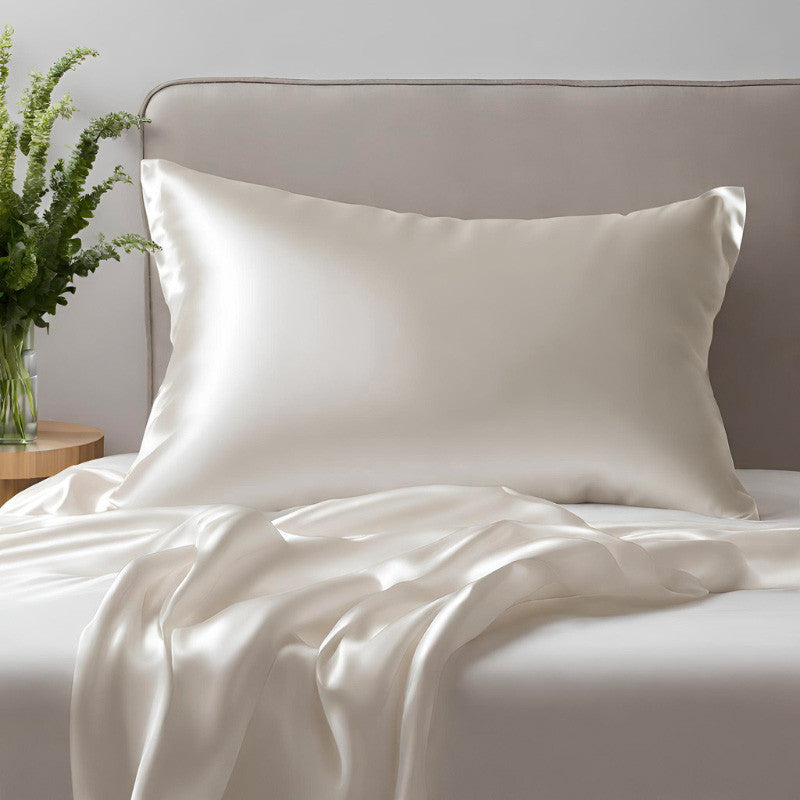
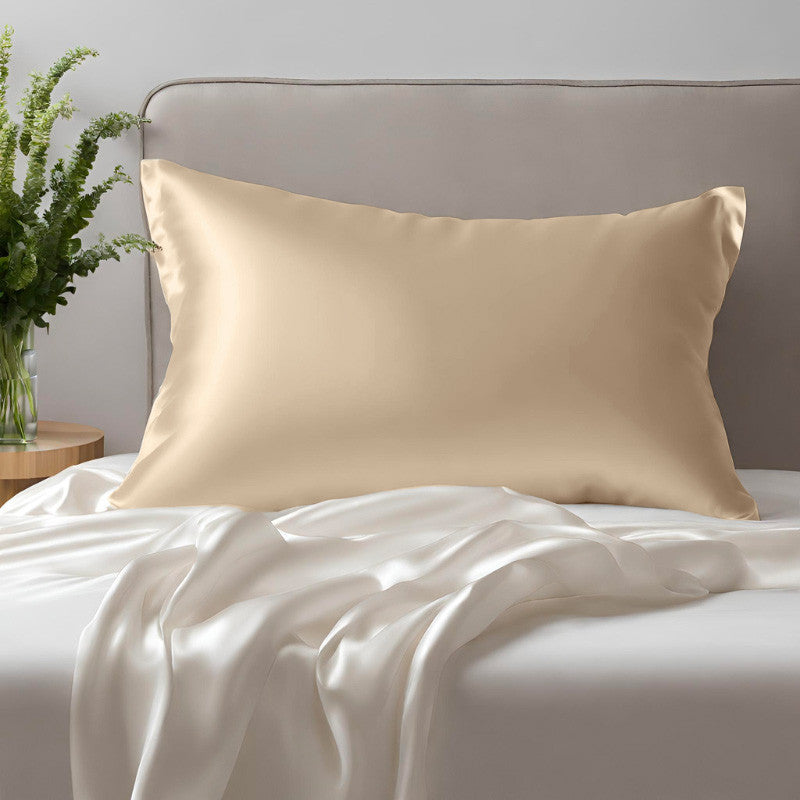
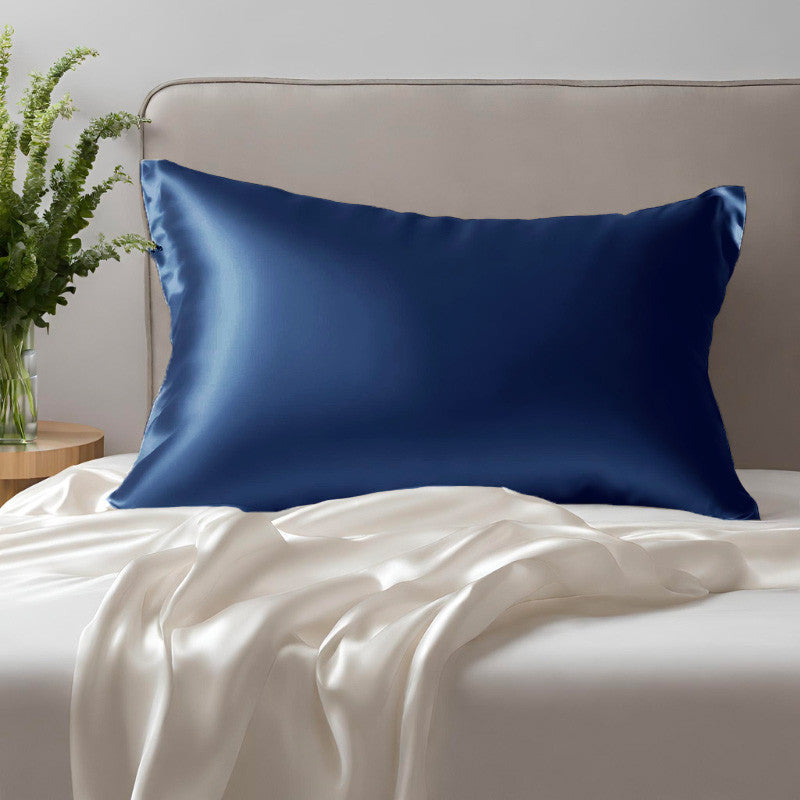
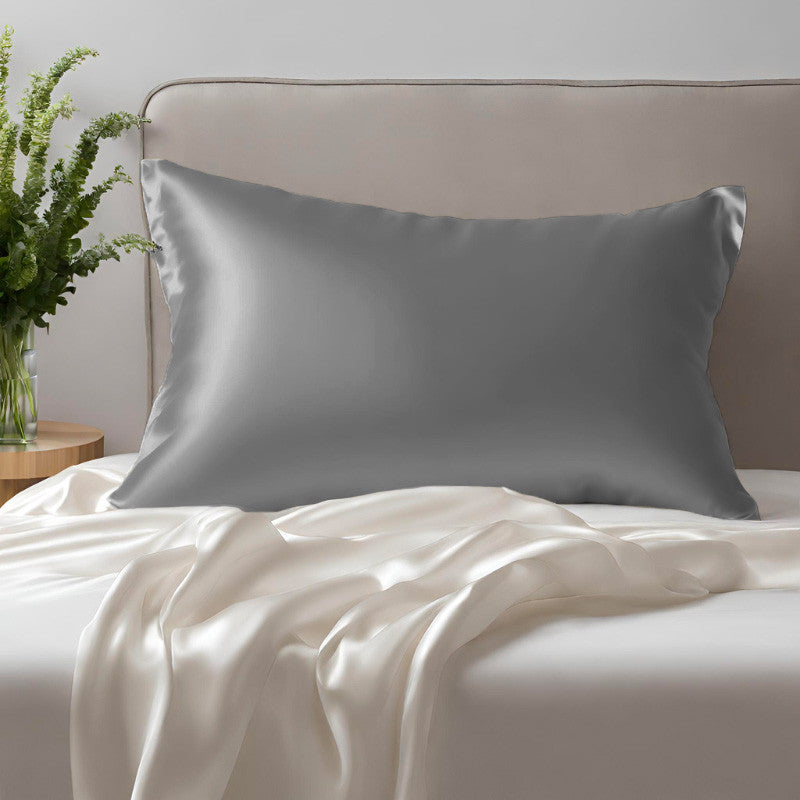
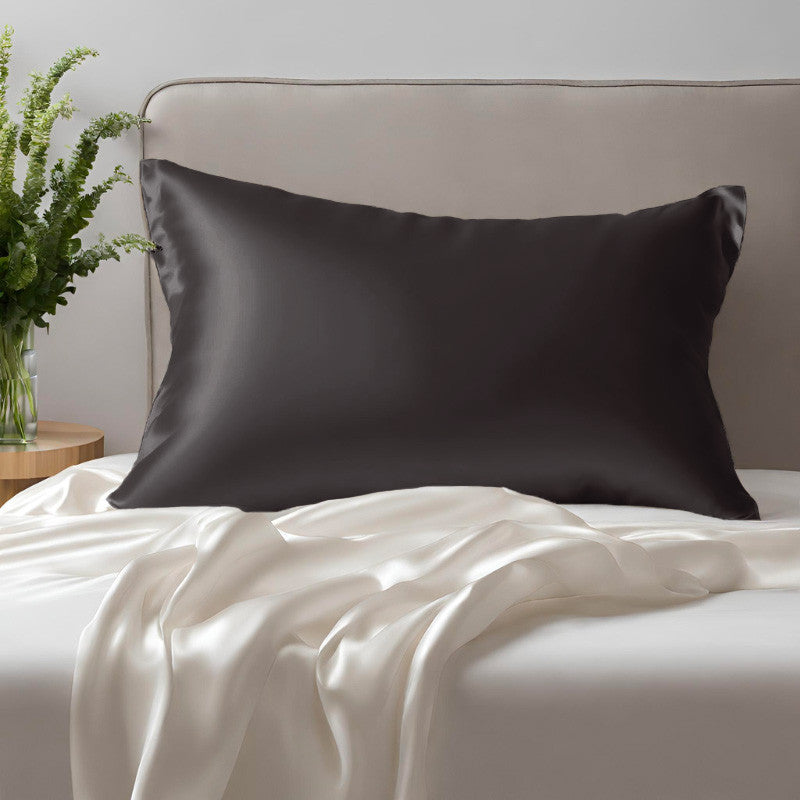
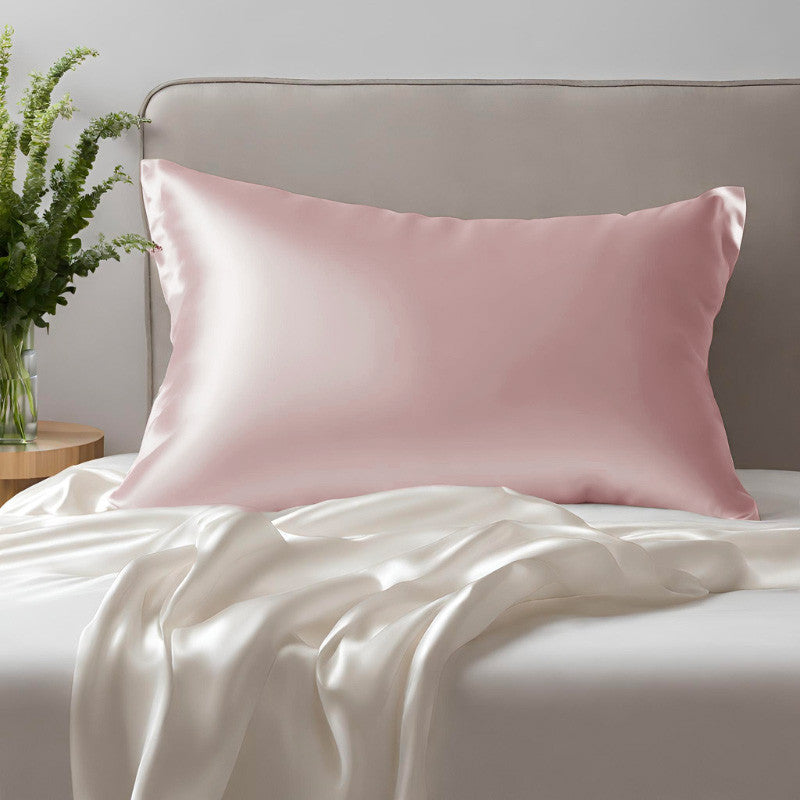
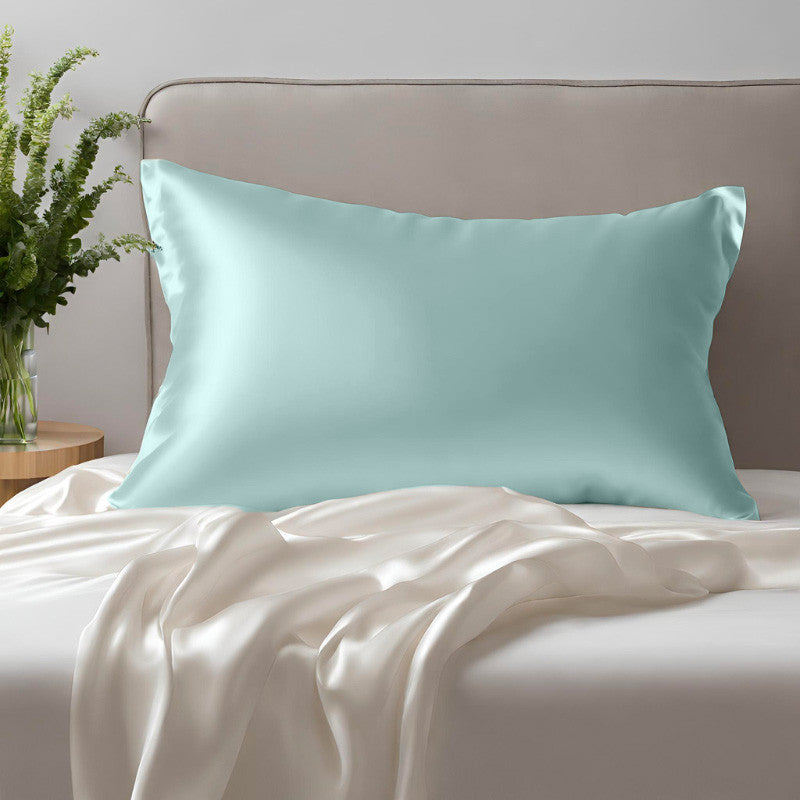
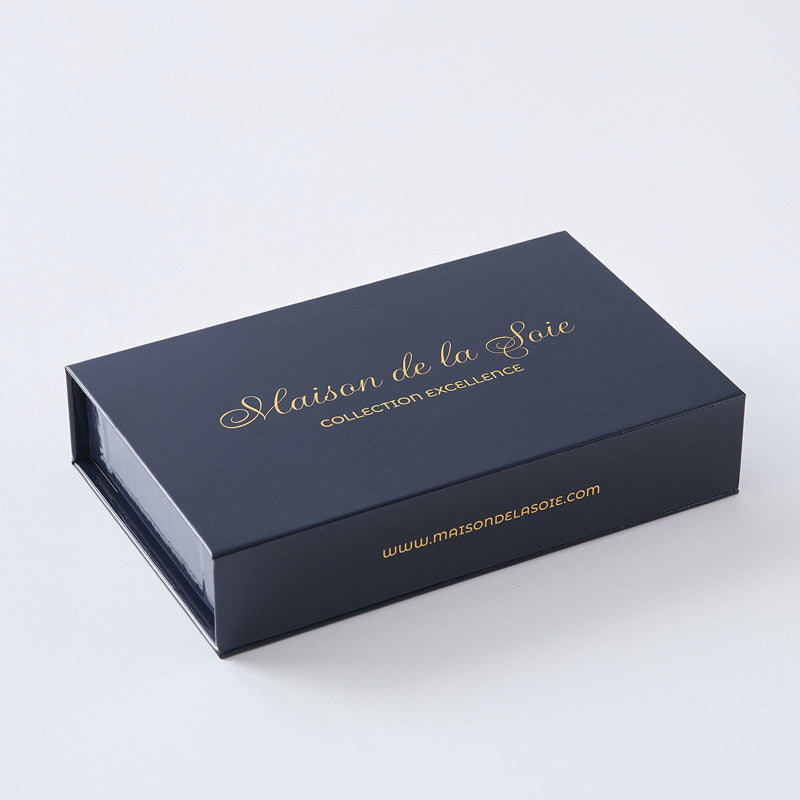
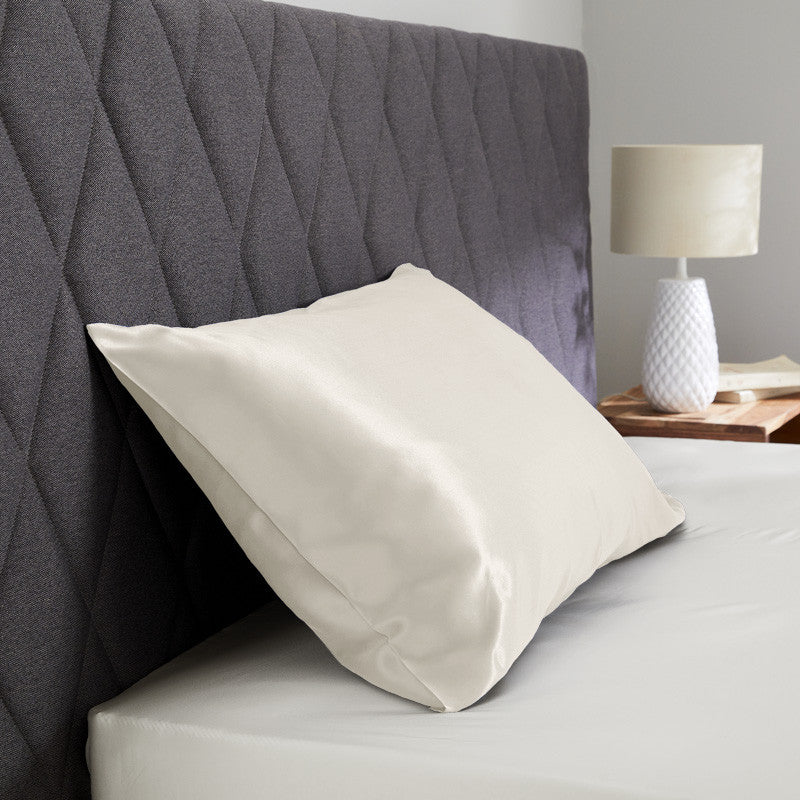
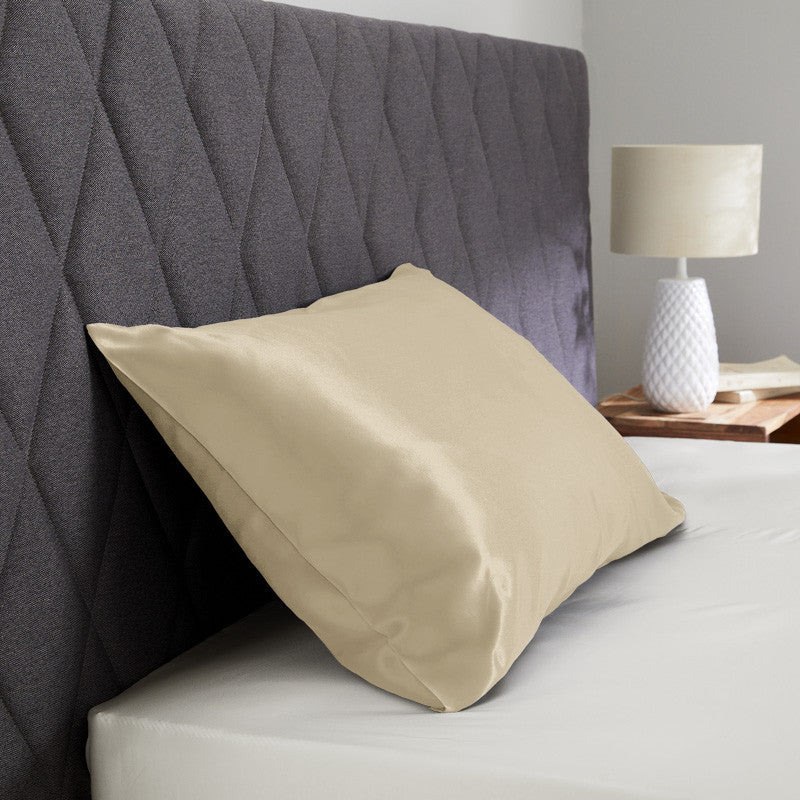
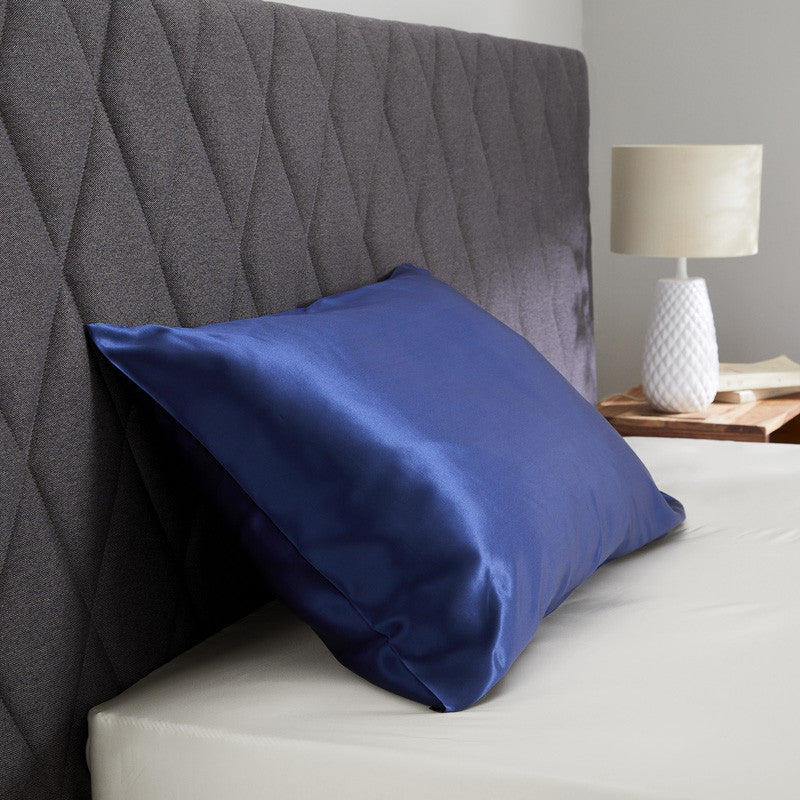
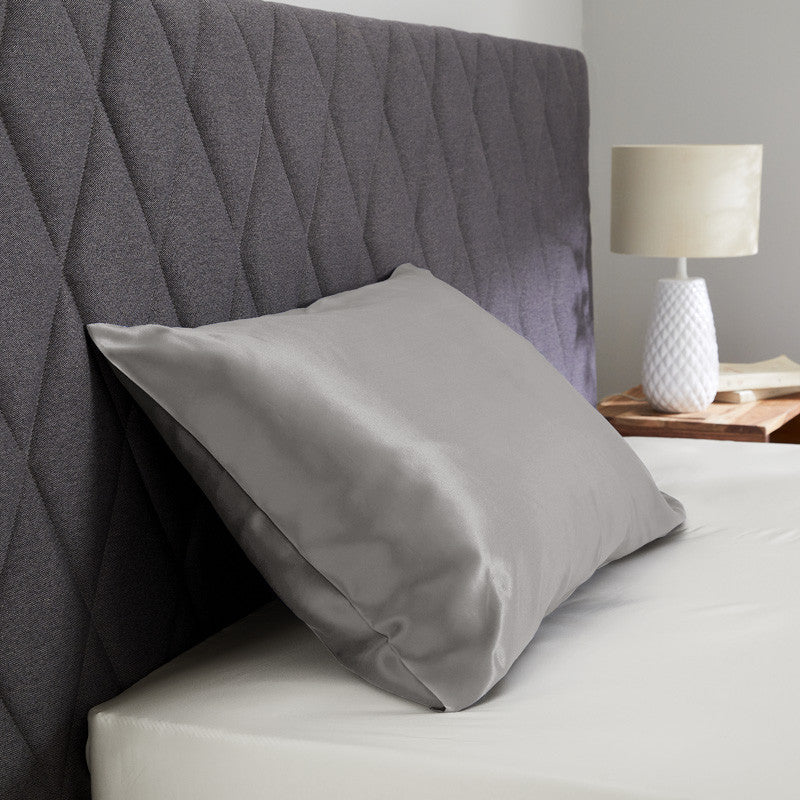
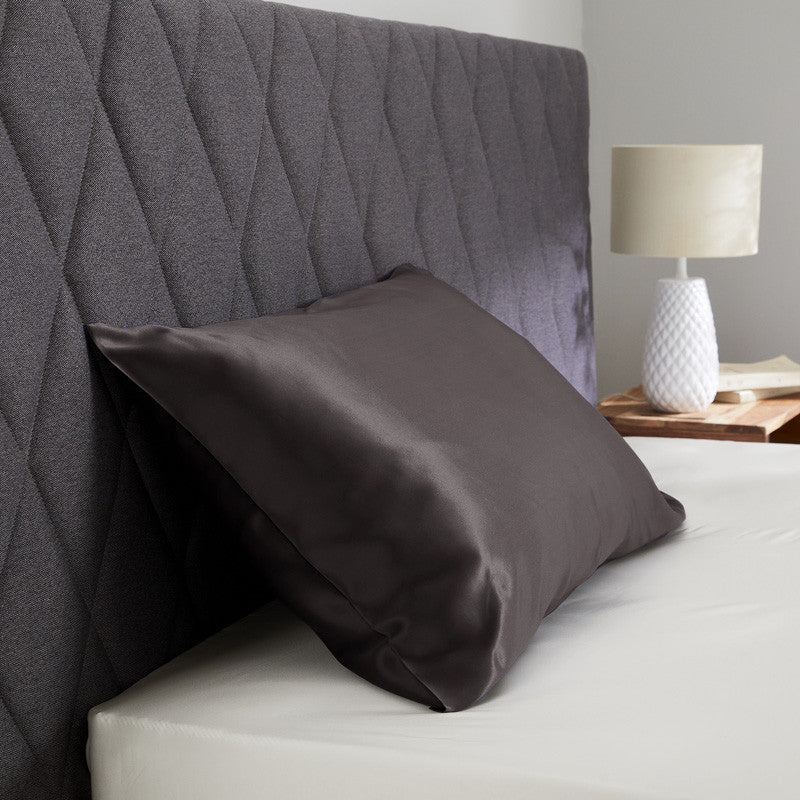
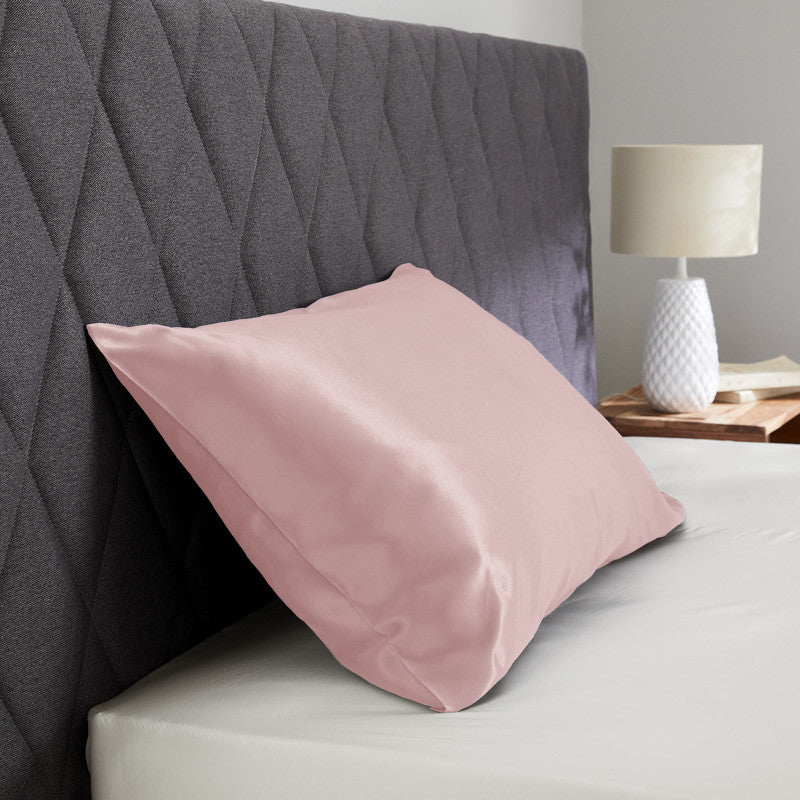
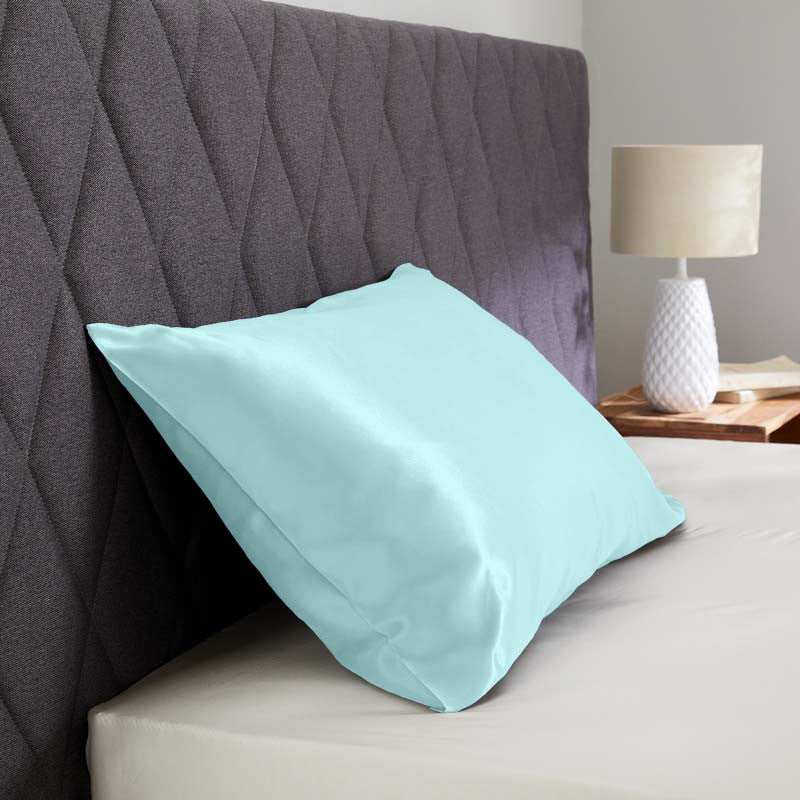
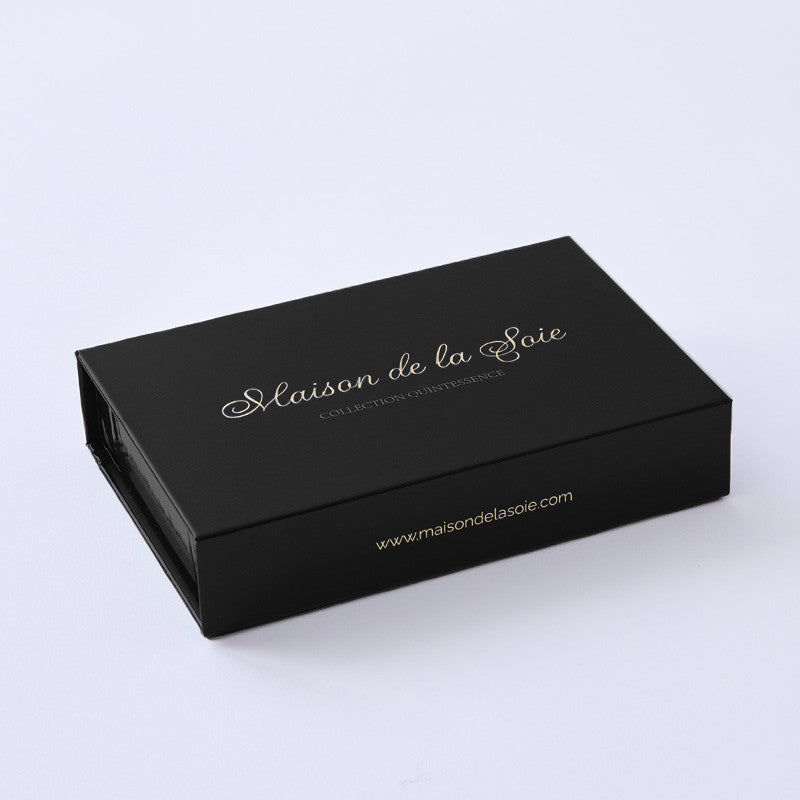
Leave a comment